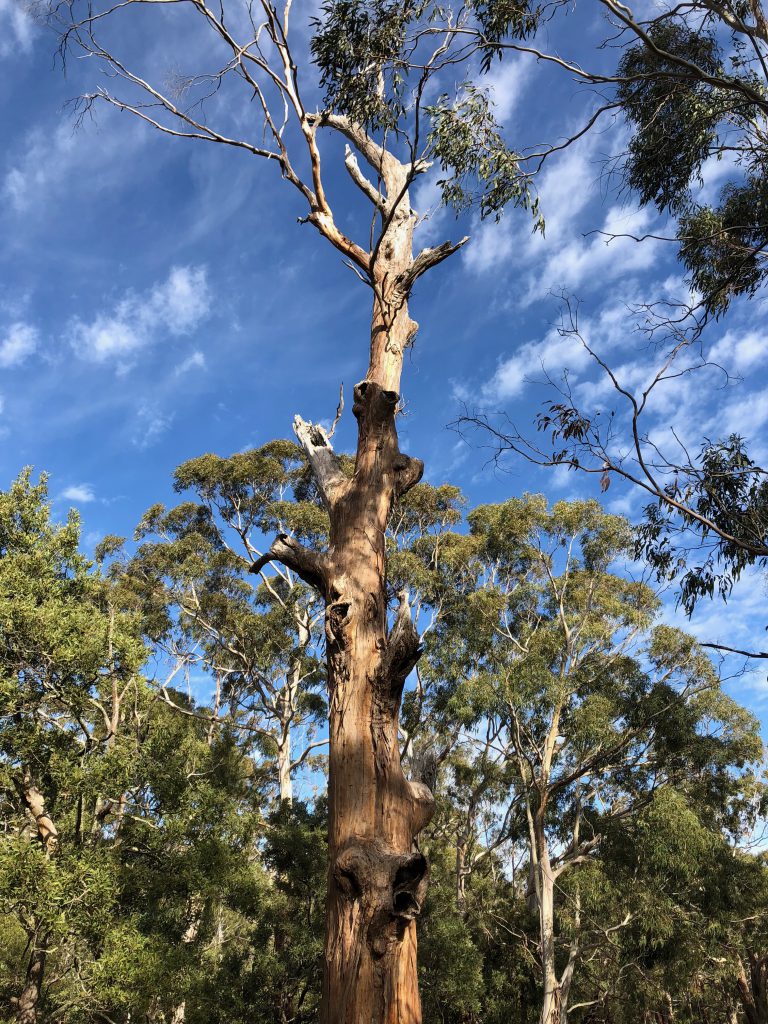NATIVE VEGETATION REMOVAL IS ASSESSED UNDER THREE DIFFERENT CATEGORIES:
- BASIC
- INTERMEDIATE
- DETAILED
NATIVE VEGETATION – BASIC OR INTERMEDIATE ASSESSMENTS – processed by your Local Council:
For a small amount of vegetation being cleared, usually this is assessed under a Basic Risk Vegetation assessment – this may be part of a vegetation clearing permit that has been issued by council.
To determine any offsets required include the following steps:
- The area is first mapped using a Native Vegetation Removal Report (NVR Map) to determine the net loss amount (See web link below). From drawing the area of loss on your map, a NVR report will be produced – telling the landholder what the Offset requirements are.
- The next step is determine what Offset option you will require. You have two choices: First party Offset (offset an area of native vegetation and permanently protect it on your own property) or purchase the Offset amount (outlined in your NVR report) from a Third party Broker.
- If you decide to offset the vegetation loss on your property, you will need to contact an Accredited Offset site assessor. A list of assessors are available from the DEECA website (See list below under “Detailed Risk” assessments).
- To determine whether your property requires a Basic, Intermediate or Detailed assessment – you will need to check by using the Native Vegetation Removal Report (NVR Map) website: https://mapshare.vic.gov.au/nvr
- Please note that sometimes a small vegetation loss area may fall into a Detailed risk category – this may be caused by the presence of a Vulnerable, Rare or Threatened Species (VROT) of plant or animal located near or on the site. If this happens, then a Detailed Risk assessment is unavoidable.
DETAILED RISK ASSESSMENTS – processed through Department of Energy, Environment and Climate Action (DEECA):
If the overall vegetation loss area on a property falls within the Detailed Risk classification, then it is recommended that you seek advice from an Environmental Consultant.
- To work out the net loss of a Detailed risk site, the consultant will need to map the area of your vegetation loss site (using a GPS) and conduct a Habitat Hectare Assessment to determine it’s vegetation condition score.
- The consultant will then create a Geographic Information System (GIS) shape file which contains the size of the site and it’s Vegetation condition and submit this to NVR Map, to determine the Offset amount.
- Again the landholder has two options – Offset an area on their own property or pay a broker to Offset the amount of area lost.
- If the landholder decides to Offset on their own property, then this will require an Accredited Offset Assessor (listed on the DEECA website) to determine if you have the adequate area to create an Offset for your native vegetation loss.
Jennifer Johnson is an accredited Habitat Hectare assessor and is capable of providing this service. The DEECA website lists all the current Accredited Habitat Hectare Assessors: https://www.environment.vic.gov.au/__data/assets/pdf_file/0022/520348/DEECA-VQA-AccreditedAssessor.pdf
TABLE OF PATHWAY ASSESSMENTS
PRELIMINARY OFFSET ASSESSMENTS
Our consultancy is not accredited to assess and register Offsets, but we are happy to provide a service, where we can conduct a habitat hectare as well as a fauna survey on a potential offset site – recording information about it, so our report can be provided to an Accredited Offset Assessor, who will conduct an official survey and can register it.
Why do this? Some landholders maybe unsure to whether it is worthwhile or not to register an Offset on their property and may want an independent consultant to provide advice on whether to get a Broker in and if the Offset may be valuable. This may save landholders money long term, as Offsets can be an expensive option and it allows them to decide if it is financial viable.
For further information or a quote to assess Native Vegetation Removal,
please contact Jennifer Johnson on:
Mobile: 0417 594 225
Email: culingaia@gmail.com



